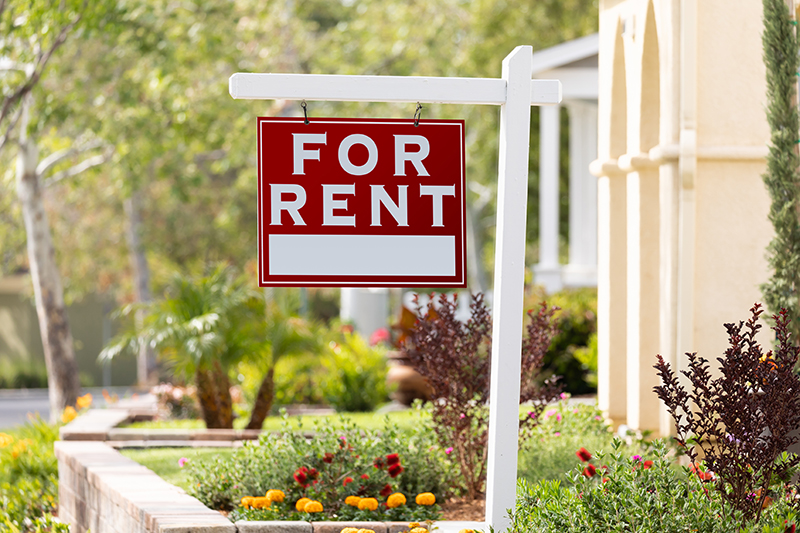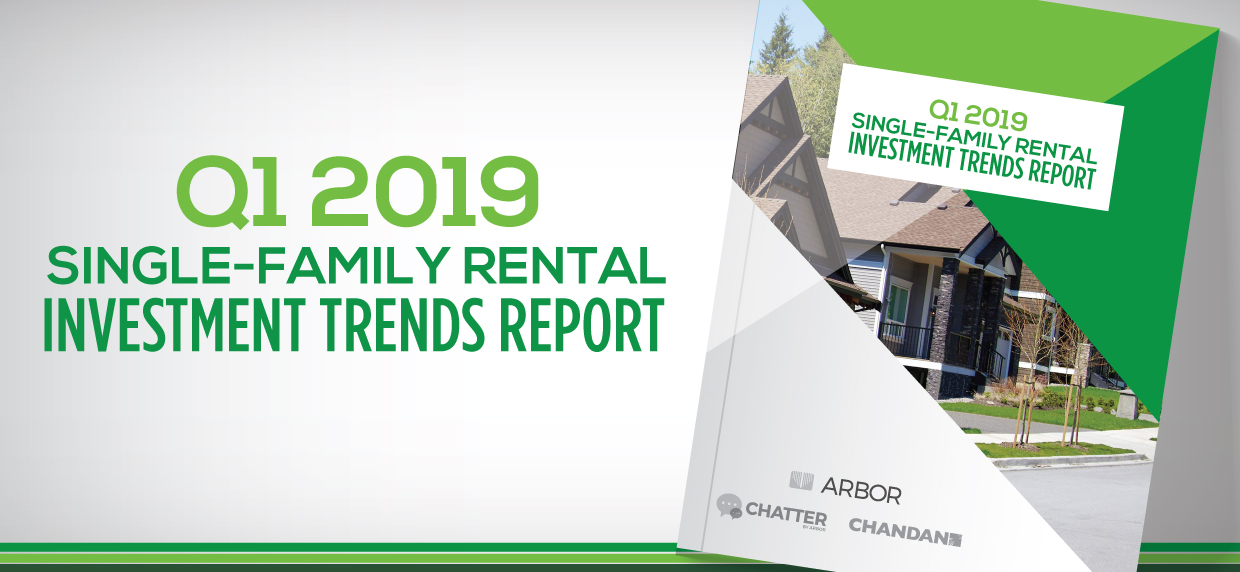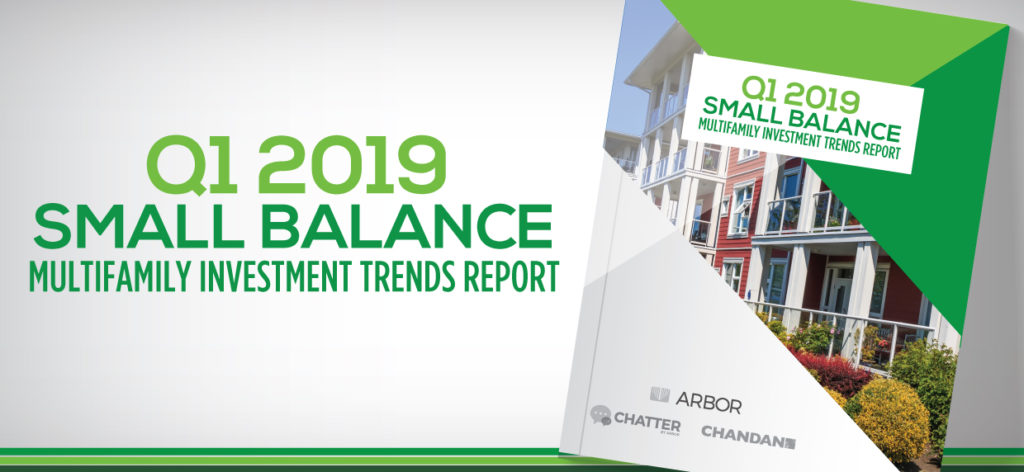Articles
The highly anticipated transition from LIBOR® to SOFR, which goes into effect after June 30, 2023, will make SOFR the standard benchmark rate across a wide range of financial products. Although the financial community is expecting a smooth transition, there are notable differences between the two rates that will influence multifamily lending.
Analysis
The small multifamily sub-sector remains in a favorable position to withstand macroeconomic instability.
Articles
In the last quarter of 2022, the multifamily sector continues to thrive despite ongoing economic uncertainty. As the investment community looks ahead to 2023, Arbor’s Managing Director, Senior Production Officer Jean-Laurent Pouliot discusses what’s in store for multifamily and how Arbor is positioned to help investors continue to exceed expectations next year.
Articles
Arbor’s latest Affordable Housing Trends Report, produced in partnership with Chandan Economics, examines the affordable housing market’s growth trajectory in a challenging economic climate.
Analysis
Multifamily rent growth remained strong in the San Antonio market during the third quarter of 2022, although began showing deceleration from the most recent record highs measured earlier in the year. Barriers to homeownership continued to drive rental demand, as vacancy rates reached all-time lows.
Articles
With the latest release of the Consumer Price Index (CPI) report from the U.S. Bureau of Labor Statistics (BLS), policymakers and consumers alike found signs of inflation relief for the first time in a long time. Despite the CPI’s overall improvement in October, one notable price category is still seeing rising inflation: rent of primary residence. The annual growth rate for the rent component of the CPI has now increased for 15 consecutive months.
Current Reports
The single-family rental (SFR) market maintained a favorable outlook in the third quarter of 2022 as the national housing market began cooling. Amid economic headwinds, SFR is well-positioned as a primary alternative for would-be homebuyers priced out of ownership in today’s high-interest-rate housing market.
New Construction Soars as Rent Growth Retreats from its Peak The single-family rental (SFR) market maintained a favorable outlook in the third quarter of 2022 as the national housing market began cooling. Amid economic headwinds, SFR is well-positioned as a primary alternative for would-be homebuyers priced out of ownership in today’s high-interest-rate housing market. Key Findings: SFR rent growth slows, although it remains elevated, as renewal rent growth gains steam. Cap rates remain unchanged at 5.3% despite rising interest rates. Build-to-Rent (BTR) construction starts totaled 69,000 over the past year, another new record high. Complete the form to instantly access the full report!











